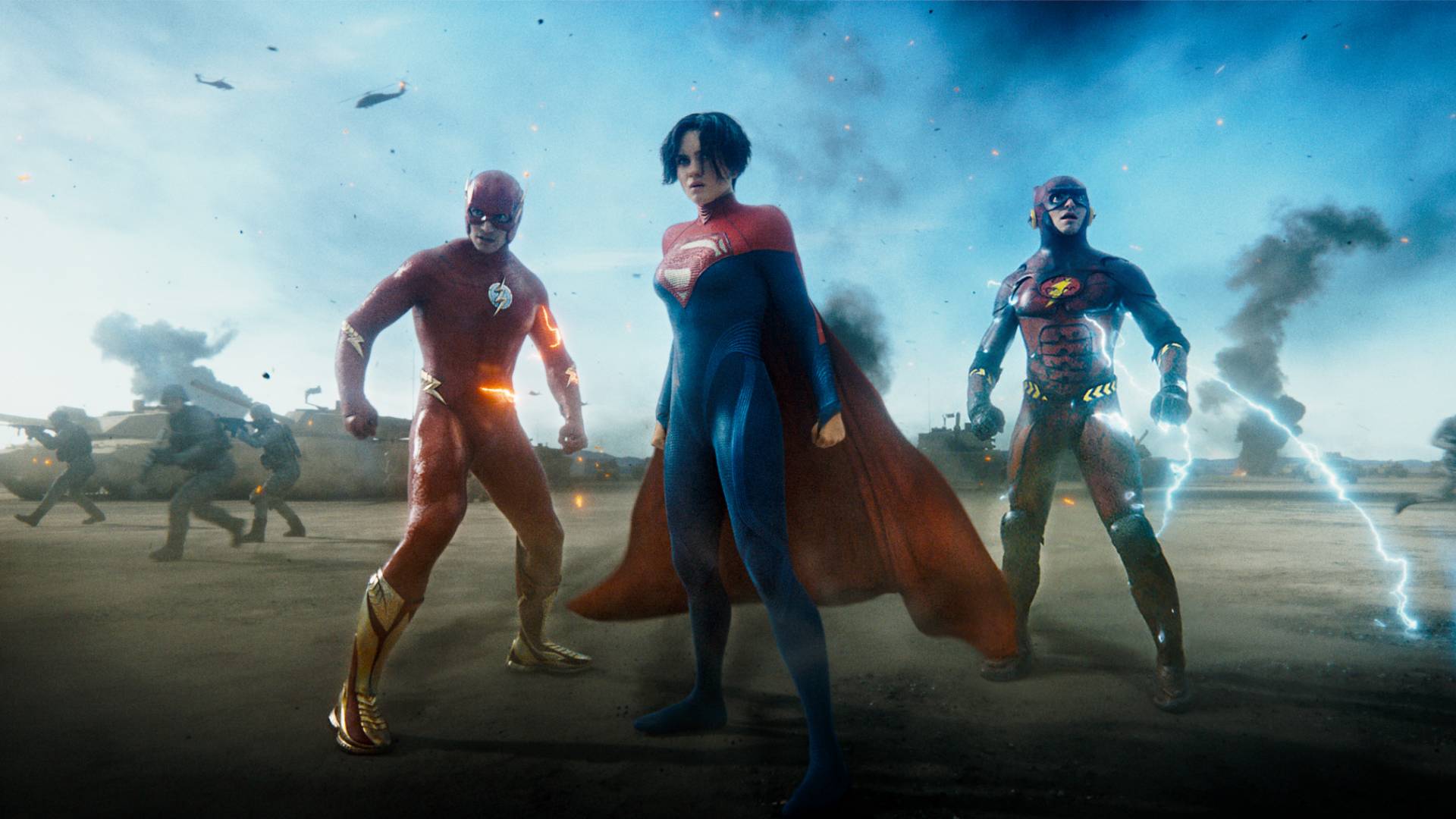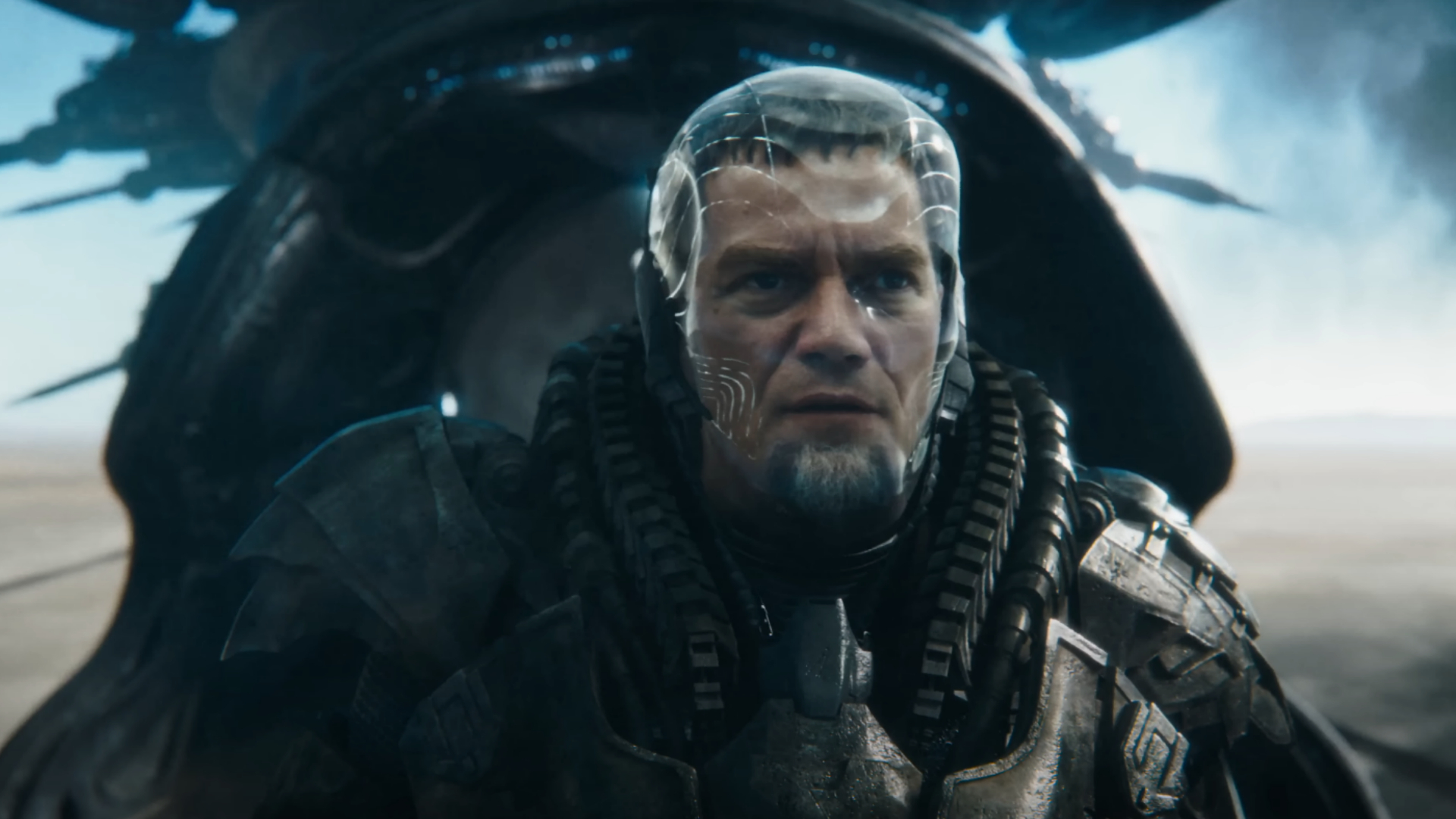
When does The Flash take place on the DC timeline? It's a fair question, considering the film's multiversal shenanigans incorporate many other DC movies.
We've done the hard work for you and broken down everything you need to know about The Flash's place on the DC timeline, including details on how it fits with the Tim Burton Batman movies, Man of Steel, and even whether you need to have seen the Snyder Cut.
The following only contains very minor spoilers for the film, too, so you can check it out whether you've seen the movie or not. So, to have your burning questions on the film's timeline answered, check out the below. You can also get the lowdown on how to watch the DC movies in order through the link.
When does The Flash take place on the DC timeline?

This is actually a pretty simple question to answer, though it does get more complicated as we go along. Buckle up!
Put simply, The Flash takes place post-Justice League (the theatrical Justice League, not the Snyder Cut, though more on that in a moment). You don't need to know any more detail than that, though Aquaman, Shazam!, Birds of Prey, The Suicide Squad, Black Adam, and Shazam! Fury of the Gods also all take place after Justice League. It seems safe to assume that The Flash is set after all of those movies, too, considering the multiversal shenanigans of The Flash have universe-spanning consequences that would otherwise have affected the DC movies so far.
But what about that pesky multiverse? Well, that's where things start to get tricky. As we said above, you don't need to have seen Zack Snyder's Justice League to understand The Flash, as that's a non-canon story. That means Barry and Iris West's moment in the Snyder Cut is of no relevance to The Flash, so forget all about that.
Still with us? Good, because we're about to get into the Man of Steel of it all. In The Flash, Barry inadvertently travels back in time to General Zod's arrival on Earth. This was depicted in Snyder's Man of Steel, which is chronologically the first film in the DCEU (as in the old set of DC movies, not the new DCU shepherded by James Gunn and Peter Safran). But, the catch is, Barry has actually gone to another timeline in which the Justice League doesn't exist. That means The Flash actually has no bearing on Man of Steel at all – aside from a brief flashback which reveals Barry was actually present at the battle in Metropolis in his own universe (that's the main DCEU universe).
Now, let's get nuts. Michael Keaton's Batman returns! He is the Caped Crusader of the timeline Barry has travelled to and is the version of Bruce Wayne seen in Batman and Batman Returns. That means The Flash takes place after those movies – a long time after, as Bruce is now much older – but, of course, those Batman movies exist in a different canon to the DCEU.
If your head hurts, that's okay, ours does too. Gunn has said The Flash is a big reset ahead of the new DCU Chapter One: Gods and Monsters anyway, so all will likely become clear as more is revealed about the next bunch of DC movies.
For much more on the new DC film, check out our spoilery deep dives on:
- What happened to the Justice League in The Flash?
- Our deep dive on Iris West
- How different is The Flash to Flashpoint?
- How Superman Lives explains that wild cameo
- Explaining the evil versions of The Flash
- What to watch before The Flash
- Everything you need to know about Supergirl
- The Flash Easter eggs and cameos
- The Flash ending explained
- The Flash post-credits scene, explained
- Every character that appears in The Flash multiverse sequence
- Our interview with The Flash filmmakers







